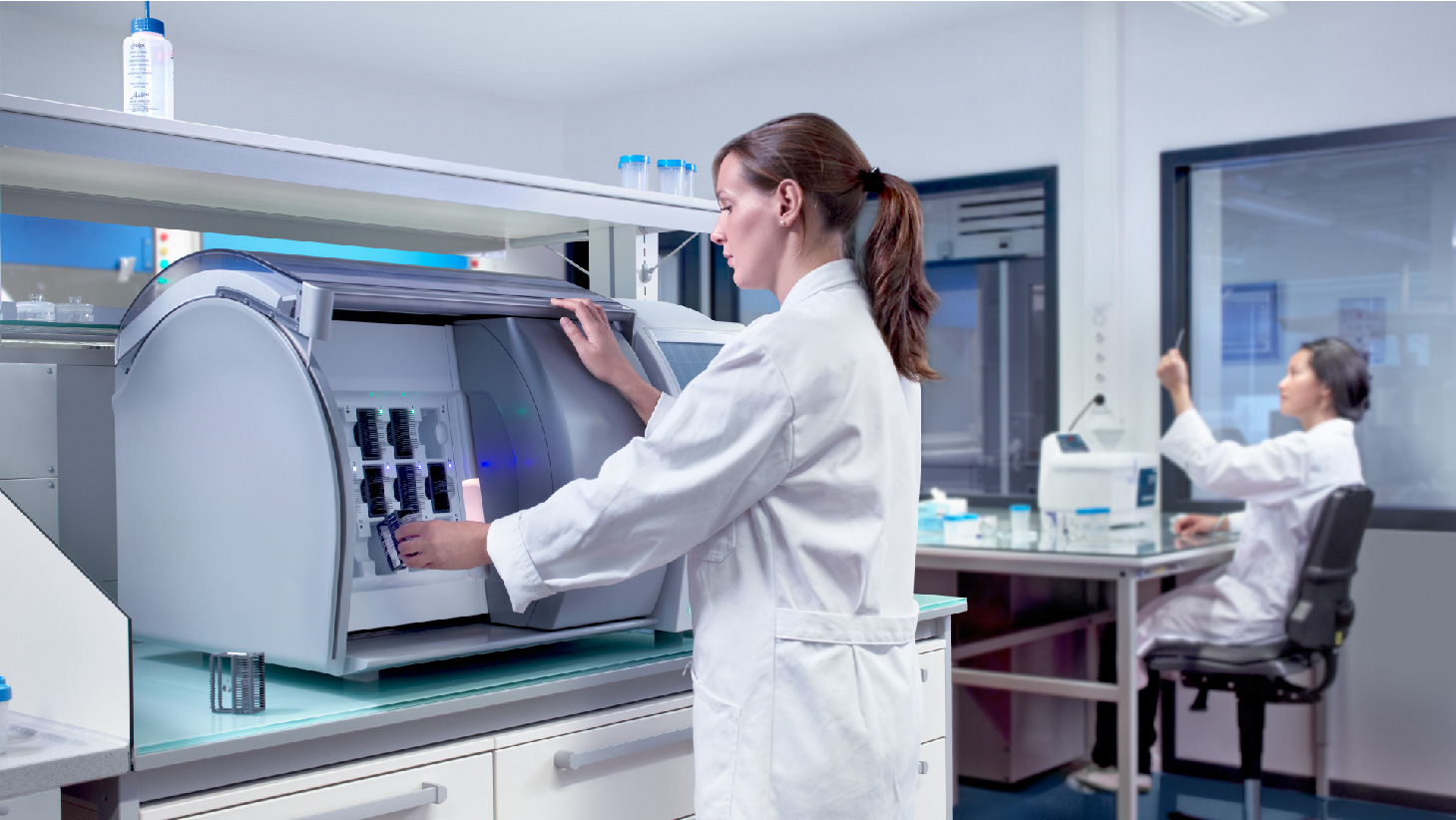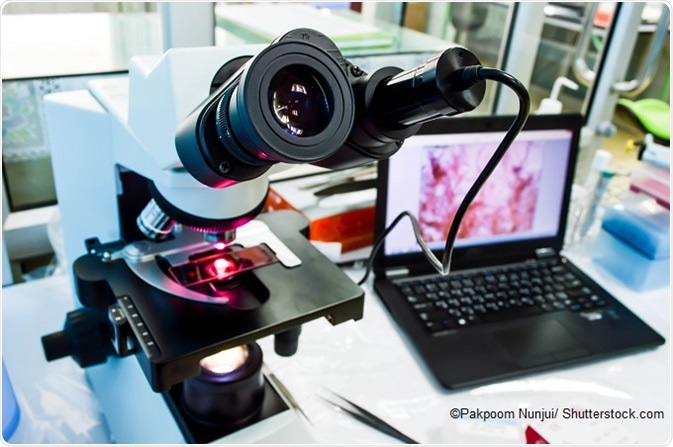


Additionally, in urban areas, the emergence of new concepts such as laboratory consolidation for small-scale hospitals or ambulatory surgery centers leaves no room for a specialist to be present on-site. In both cases, the process becomes lengthy, complicated, and time-consuming. Hospitals and labs in remote locations may not have access to a specialist, as a result of which, either the patient has to travel to the referred specialist or samples have to be sent. Limited specialist’s opinion: Pathologists and histotechnologists are both a scarce resource in both hospitals and pathology labs.There are higher chances of slides getting lost or deteriorated over time if the storage is not appropriate. With this increased volume, it becomes even more challenging to navigate and retrieve the slides, if required. The increasing demand for healthcare has contributed to the growth of the slide volume, which is increasing drastically year-on-year.

Many of these entities either do not have any plans or funds for expansion of the facility. Slide storage: Most pathology labs (both individual and hospital-linked) lack a proper storage facility for the storage of slides.Some of the most significant challenges are highlighted below: Longer wait-time duration causes inconvenience to patients and further leads to a delay in treatment. The pathological practice relies on the traditional approach, thus creating a challenging scenario for pathologists to deliver accurate results on time. Workflow difference in traditional and digital pathology is shown in Exhibit 1. The slides can be accessed remotely anywhere in the world for delivering consistent, rapid, and accurate results, as compared to traditional methods. The digital slide is a complete representation of a glass microscope slide, which can be viewed at any magnification, including intermediate magnifications not available on standard microscopes. Digital pathology is a computerized, image-based (digital slides) system for managing and interpreting information. In addition, the results depend on the specialty and not on the personal judgment or mental state of the pathologist, as it may lead to lowering the level of accuracy.ĭigital pathology has been introduced to overcome numerous limitations associated with traditional pathology. It also becomes difficult for the pathologist to search for old slides, images, and case information in the archives of hospitals. This whole process might take several days to weeks and might cause damage to slides during transit. However, the complete procedure can be quite expensive due to the cost incurred on packaging and courier services. The package also requires to be registered and delivered to the correct pathologist.

The sample needs to be packaged, labeled, and mailed to the intended lab for remote consultation. If the pathologist finds difficulty in judgment, he/she consults with colleagues who can be in a different lab, state, or country altogether. A bio-engineer prepares a sample of the extracted tissue for microscopy and then passes on the prepared slide to a pathologist, who specializes in cell and tissue diagnostics. When a patient is referred to a pathologist, a sequence of actions is initiated, starting from extracting the tissue from the patient to offering an appropriate diagnosis. However, the process of analyzing stains on a glass slide is lengthy and complicated.
#Digital pathology manual
A typical pathology workflow is a complex series of events, including a manual review of glass slides that ultimately results in diagnosis.


 0 kommentar(er)
0 kommentar(er)
